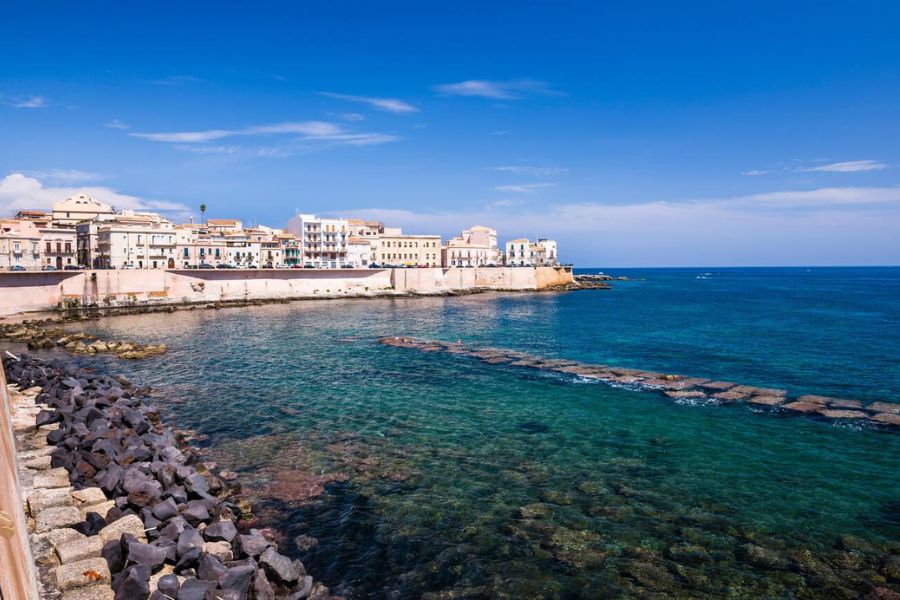Just off Sicily’s northern coast, the Aeolian Islands jut out of the sparkling Tyrrhenian Sea like ancient sea monsters frozen mid-roar. The first time I visited this volcanic archipelago, I just stood there, speechless, watching Stromboli puff lazy clouds of smoke against an impossibly blue sky.
These seven stunning islands—locals call them Isole Eolie—give travelers a rare mix of dramatic volcanic landscapes, crystal-clear waters, and real Italian island culture, minus the crowds you’ll find on mainland Sicily.
The islands owe their name to Aeolus, the Greek god of winds. Once you feel those sea breezes cooling you off during a summer hike, you’ll get it.
Each island has its own vibe—from the jet-set flash of Panarea to the raw, rumbling volcanoes on Stromboli and Vulcano. Black sand beaches, wild mud baths, and prehistoric cliffs create a natural beauty that feels both otherworldly and unmistakably Mediterranean.
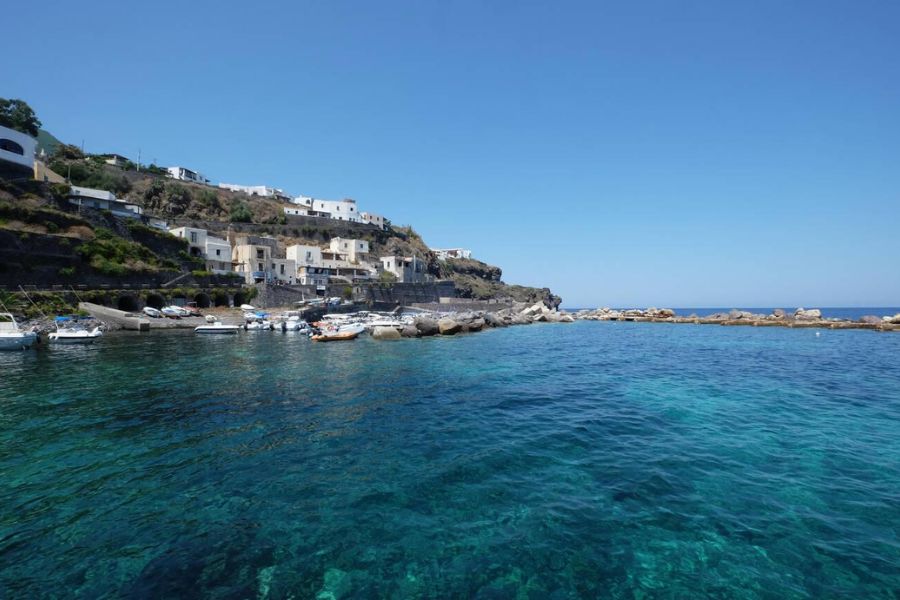
I’ve spent hours exploring hidden coves by boat, hiking up volcanic craters at sunset, and eating in simple seaside trattorias where the catch of the day lands on your plate straight from the fisherman’s net.
UNESCO World Heritage status has helped keep these islands unspoiled, so they’re a dream for anyone chasing authentic experiences far from the usual tourist chaos.
Unveiling the Seven Volcanic Sisters
The Aeolian archipelago has seven volcanic islands, each with its own personality and quirks. These UNESCO World Heritage wonders rise straight out of the Tyrrhenian Sea, mixing wild nature with deep-rooted culture.
Lipari: The Vibrant Heart
Lipari stands as the biggest and busiest of the Aeolian Islands. Its lively streets pulse with genuine Sicilian energy.
The imposing Castello di Lipari towers over the town, and inside, the Archaeological Museum tells the islands’ wild 7,000-year story.
Wandering Lipari’s streets, I stumbled into boutique shops with handmade crafts and found restaurants serving up the freshest seafood. The beaches—especially near Canneto—are gorgeous, with water so clear it almost doesn’t look real.

Nightlife on Lipari hits a sweet spot—fun, but never frantic. Most bars spill out onto terraces overlooking the harbor, perfect for sipping local wine and watching the fishing boats come in at sunset.
Vulcano: Elemental Wonders
Vulcano greets you with a punch of sulfur in the air—a not-so-subtle reminder that you’re standing on a living volcano. The island takes its name from the Roman god of fire, which makes perfect sense once you’re there.
I spent an afternoon hiking up to the Gran Cratere. The climb was sweaty, but the panoramic views from the top made every step worth it.
Thermal springs and mud baths are everywhere. I soaked in the warm waters near the harbor, where volcanic activity heats the sea, turning it into a natural spa.
The black sand beaches here pop against the turquoise sea. Fumaroles—steam vents—hiss along the shoreline, making the place feel like a set from a nature documentary.
Stromboli: The Fiery Beacon
Stromboli is wild. Its perfect cone shape and near-constant eruptions make it Italy’s most dramatic volcano. Locals call it the “Lighthouse of the Mediterranean” because it erupts about every 20 minutes, lighting up the night.
I joined a sunset hike up the volcano to see the “Sciara del Fuoco”—the Stream of Fire. Watching molten lava shoot into the night sky left me absolutely awestruck.
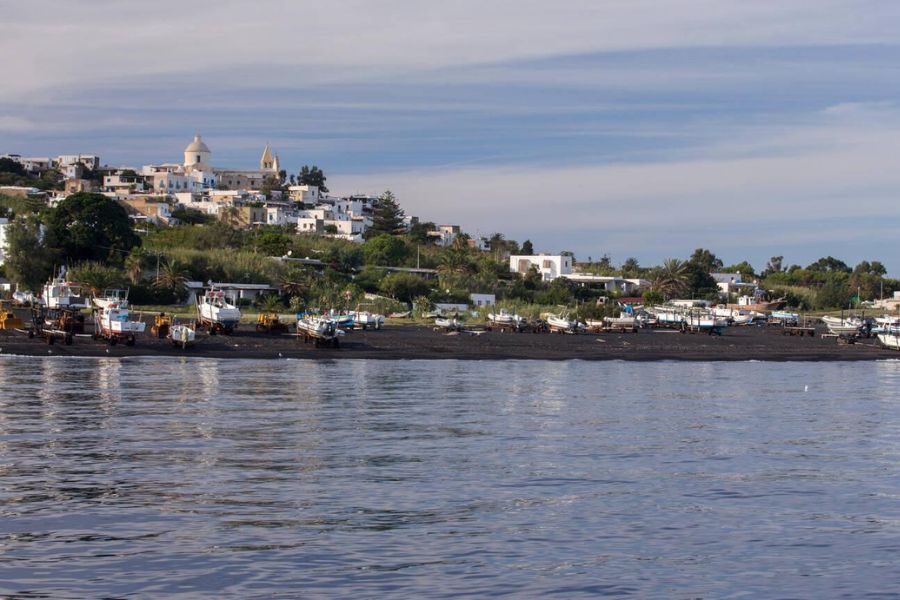
The black sand beaches here look otherworldly, and the villages feel calm and almost sleepy during the day. By night, though, Stromboli wakes up with lively bars where travelers swap stories about their volcanic adventures.
Salina: Green Slopes and Malvasia
Salina, the greenest of the bunch, charmed me with its lush hills and twin volcanic peaks. Monte Fossa delle Felci, the highest point in the Aeolians, offers gorgeous hikes and sweeping views.
This island is famous for two things: capers and Malvasia wine. I toured vineyards where families make sweet dessert wine from grapes grown in volcanic soil.
Santa Marina, the main port, is all pastel houses and a laid-back mood. Waterfront restaurants serve up seafood that pairs perfectly with a glass of Malvasia.
Salina feels softer and greener than its fiery siblings. Its hidden coves and natural swimming spots are made for quiet escapes.
Hidden Gems Beyond the Main Islands
Lipari and Stromboli might get all the attention, but the smaller Aeolian Islands have their own magic. If you’re willing to wander off the main track, you’ll find each island has its own personality and some pretty unforgettable moments.
Panarea: Chic Escape
Panarea is tiny but packs a punch. It’s the island of choice for the jet-set, with whitewashed houses draped in bougainvillea everywhere you look.
The nightlife is next-level. Hotel Raya’s terrace bar is the place to be—I found myself sipping cocktails next to Italian celebrities, watching the sun dip behind Stromboli.
By day, I rented a little boat and explored Panarea’s hidden coves. The water at Cala Junco was so clear, I could see the seabed from the surface.
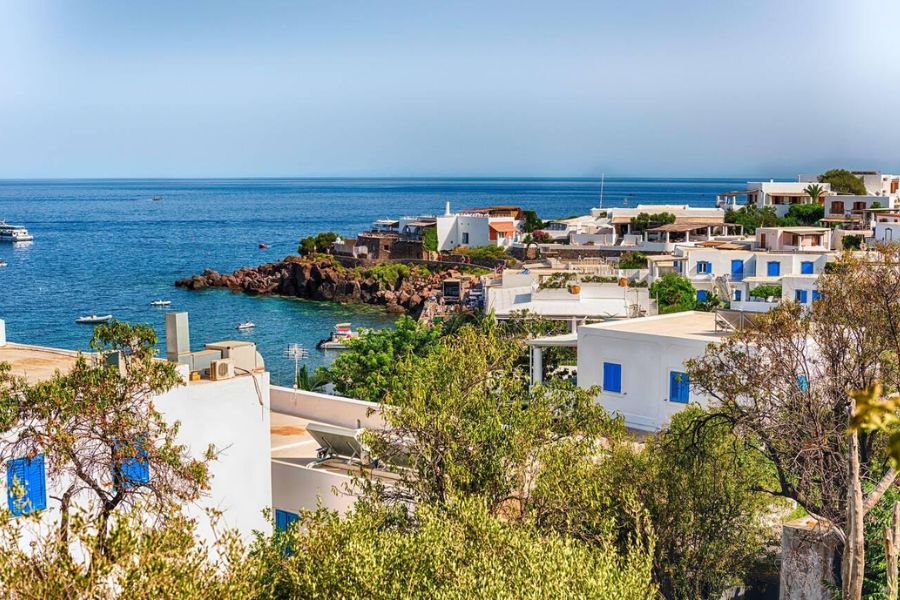
Don’t skip the prehistoric village at Punta Milazzese, perched high above the sea. It dates back to 1400 BC and has views that’ll stick with you for years.
Filicudi: Timeless Traditions
Filicudi feels like stepping into a time machine. This rugged island keeps old-school traditions alive in a way that’s rare these days.
I spent my mornings hiking ancient mule paths that crisscross the hills. The trails led me to abandoned settlements and jaw-dropping sea views.
At Capo Graziano, I wandered through Bronze Age ruins. My guide pointed out pottery shards scattered among the stones, proof that people have lived here for millennia.
Filicudi’s beaches aren’t manicured, but that’s their charm. At La Sirenetta, I ate seafood right by the water, watching fishermen haul in their daily catch.
Alicudi: Untouched Tranquility
If you want to disappear, Alicudi is your island. It’s the most remote of the Aeolians, and life here moves at a different pace.
No cars, barely any shops, and just about 100 people call it home. I slowed down, explored on foot, and climbed the volcanic cone using stone staircases that double as streets.
Life is simple here. I started my mornings with warm bread from the island’s only bakery, then swam in crystal waters, usually with the whole beach to myself.

The houses blend into the hills, and locals welcomed me in for dinner, sharing fish caught just that afternoon. It’s the kind of place that makes you forget the outside world exists.
Adventures in Nature and the Elements
The Aeolian Islands are a playground for anyone who loves wild nature. Hiking past active volcanoes, swimming in perfect waters, and soaking in hot springs—this place lets you feel the elements up close.
Hiking Volcanic Trails
Trekking across these islands is unreal. On Salina, Monte Fossa delle Felci offers a moderate four-hour hike through green forests to the second-highest peak in Sicily (962m). The view at the top is a showstopper.
For more drama, I joined a sunset hike on Stromboli. Watching lava flow down to the sea during the “Sciara del Fuoco” is something I’ll never forget.
Vulcano’s crater hike is shorter—about an hour—but the sulfur smell hits you right away. The yellow rocks and smoking vents make you feel like you’ve landed on another planet.
Diving Into Crystal Clear Waters
The water around the Aeolians is ridiculously clear. I went diving off Panarea, exploring underwater volcanic formations where bubbles float up from the seabed.
Many coves are only reachable by boat. Pollara Bay on Salina, made famous by the movie “Il Postino,” has dramatic cliffs and deep blue water.
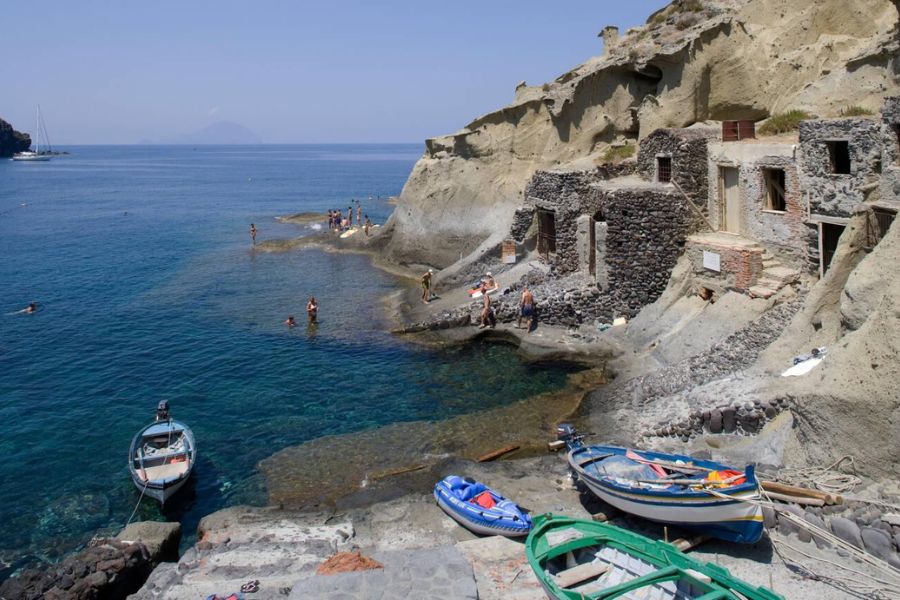
Snorkeling near Lipari’s beaches is great for beginners. I spotted colorful fish and interesting rocks just a few meters from shore. Dive centers on the islands offer PADI courses and trips to underwater caves and even shipwrecks.
Relaxing in Thermal Springs
After all the adventure, nothing beats the islands’ natural thermal spots. On Vulcano, I slathered myself in gray mud at Laghetto di Fanghi, then rinsed off in the warm, sulfur-rich sea.
Lipari’s Acquacalda hot springs are a gentler option. I soaked in the pools, looking out over the Mediterranean.
For something different, try swimming over underwater fumaroles near Panarea. The sea bubbles and warms where volcanic gases escape. Many boat tours stop here, and swimming in these naturally heated patches is just… magical.
A Taste of Aeolian Life
Food and drink here are shaped by the volcanic soil and the sea. Eating in the Aeolian Islands connects you to local traditions, with each island adding its own twist to classic Mediterranean flavors.
Savoring Fresh Seafood and Swordfish
Seafood rules the table. Every morning in Lipari, I watched fishermen haul in their catch at dawn—no wonder the quality’s so high.
Swordfish (pesce spada) is the star. Usually, it’s grilled with olive oil, lemon, and wild herbs from the islands.
One morning in Stromboli, I tried swordfish carpaccio with local olive oil, watching the volcano puff away in the background. That meal is burned into my memory.

Many places serve pasta con le sarde—pasta with sardines—spiced up with wild fennel that grows everywhere.
Local Flavors: Capers and Malvasia Wine
Capers grow wild, especially on Salina. The volcanic soil makes them extra flavorful. Families still pick them by hand and dry or salt them the old-fashioned way.
I visited a small farm where one family has grown capers for over 80 years. They use them in everything—salads, pasta, fish—you name it.
Malvasia wine is the islands’ pride and joy. This sweet, golden wine has been made here since ancient times. On Salina, I wandered terraced vineyards climbing the volcanic slopes—honestly, the views alone are worth the visit.
The wine is honey-colored, with hints of apricot and herbs. Most producers offer tastings with sea views, and I highly recommend stopping in.
Planning Your Journey to the Aeolian Islands
The Aeolian Islands (Isole Eolie) really reward a bit of planning. I’ve learned that timing, picking your islands, and a little preparation go a long way when you’re exploring Sicily’s wild, volcanic archipelago.
Getting There: Milazzo and Beyond
Milazzo really is the main gateway into the Aeolian paradise. When I visited this port town in Sicily’s northeast, it felt like the easiest place to start, since you’ve got regular hydrofoils and ferries heading out to all seven islands. Depending on which island you pick, the trip can take anywhere from 45 minutes up to about three and a half hours.
If you’re traveling in summer (June through September), boats leave pretty often all day. Once the off-season hits, though, you’ll notice the schedule thins out, so I always double-check the timetables before making plans.
You can also leave from Palermo if you’re over in western Sicily, though that route takes longer. Messina works well if you’re coming from mainland Italy. Naples is another option, especially for overnight trips.
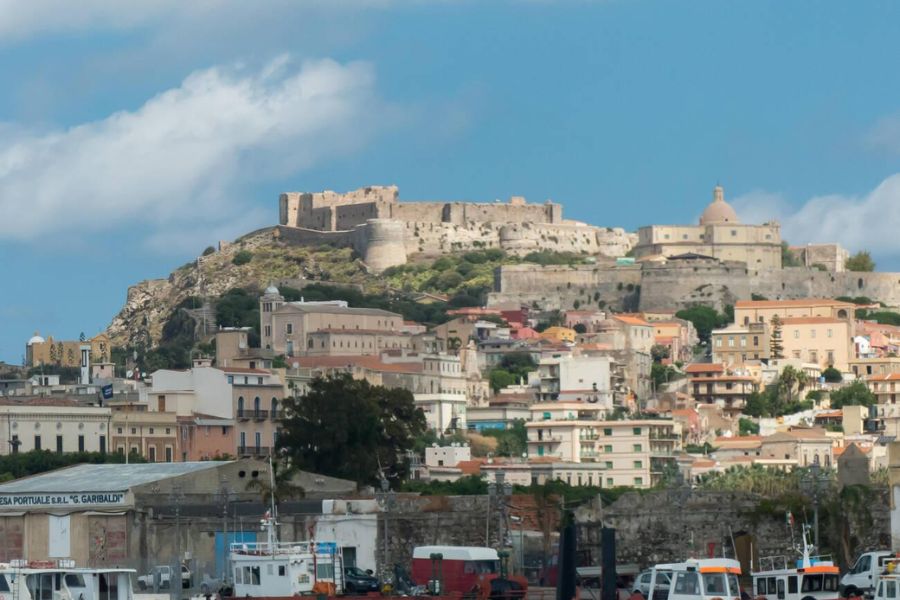
I’d suggest booking your tickets online before you get there, particularly in the busy summer months. Those boats fill up fast.
Finding Tranquility or Nightlife
Each island really does have its own vibe. Picking the right base totally depends on what you want from your trip.
If you’re after nightlife and a bit of buzz, Panarea’s got you covered. The bars there are stylish, and the whole place gets a see-and-be-seen energy. Summer turns it into a bit of a celebrity magnet, with lively spots right on the water.
Lipari sits in the middle—it’s lively enough, with plenty of restaurants and shops, but you’ll also find hidden beaches if you want to escape the crowds. Honestly, it’s the spot I’d recommend if you’re visiting for the first time.
When I need real tranquility, I head for Salina. The landscapes are lush, and the villages feel peaceful. If you want even more solitude, Filicudi and Alicudi are perfect.
Island-hopping is a breeze since inter-island ferries run regularly. You can easily mix things up and try different experiences. Just a heads-up: for July and August, book your accommodation months in advance.
Essential Travel Tips
I’ve noticed the islands really run on “island time.” Services might change with the seasons or even the weather, so it’s smart to keep your plans flexible.
When to visit:
- April-June and September-October: You’ll get great weather and way fewer crowds.
- July-August: This is when things get lively—expect crowds and higher prices.
- November-March: A lot of places shut down, and getting around isn’t as easy.
Pack light, but don’t skip hiking shoes, swimwear, or sunblock. The volcanic landscape makes sturdy shoes a must if you want to explore.
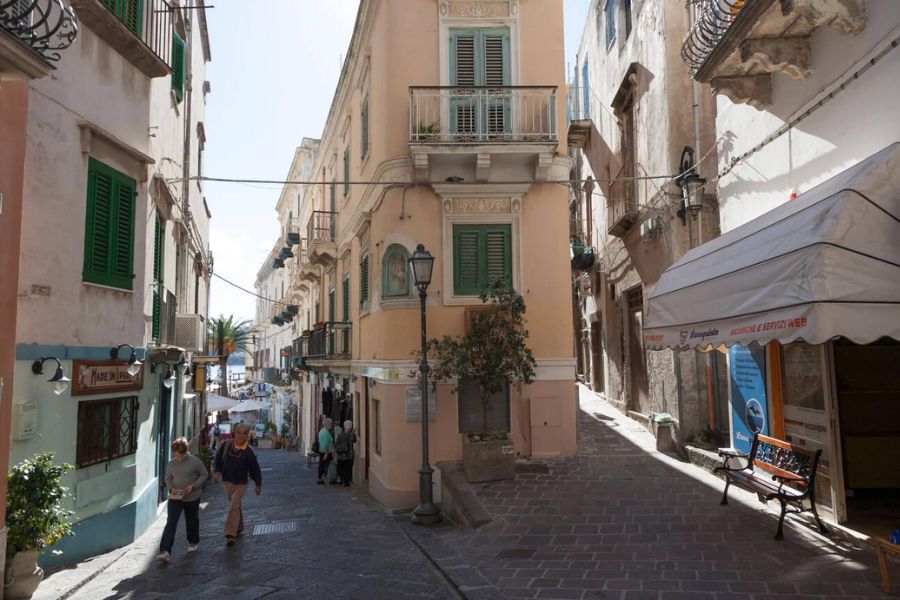
You’ll need cash on the smaller islands since ATMs are pretty rare. I usually grab enough in Milazzo or Lipari before heading out to the quieter spots.
Wi-Fi and cell service often drop off once you leave the main towns. Honestly, that digital break is part of the magic here, but make sure you’re ready for it if you need to stay online.

